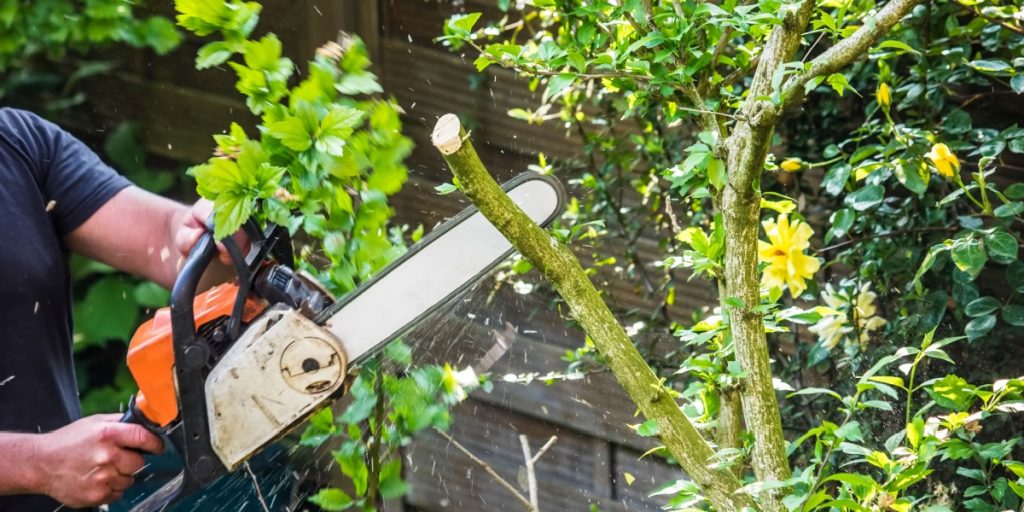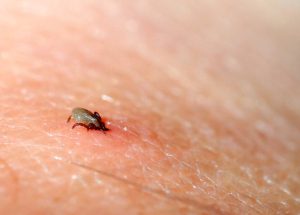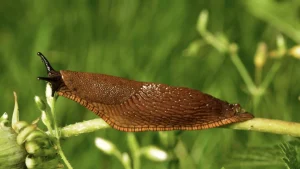There are several reasons why it might be a good idea to wait until a different season.
Others are reading now
Spring is often the time when gardens are tidied up, and trees are pruned to encourage growth and health.
However, some trees are better left untouched until a more optimal season arrives.
Trees in Active Growth
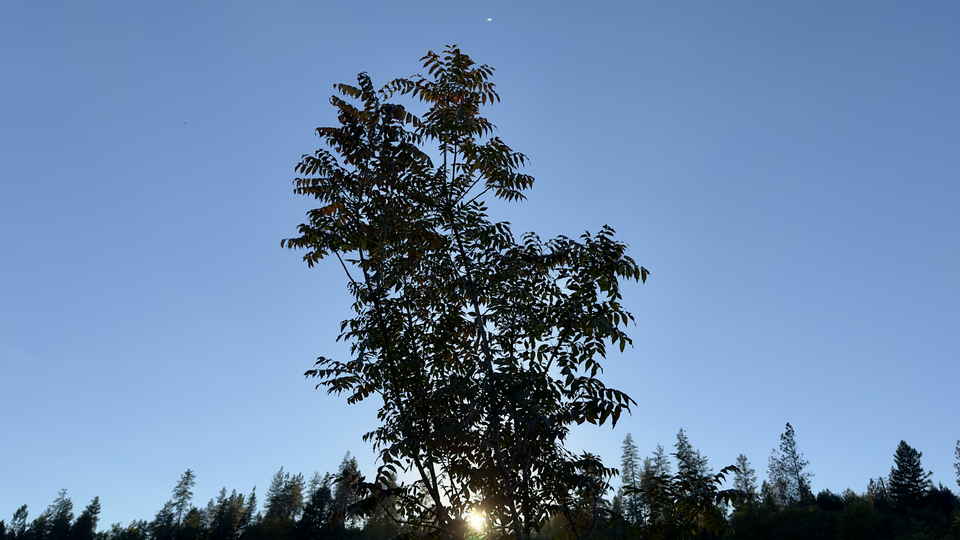
-
Trees use energy to produce new leaves and branches.
-
Pruning during this period can stress the tree.
-
Often results in excessive shoot growth.
Also read
Best time: Late winter when the tree is dormant
Trees That “Bleed”
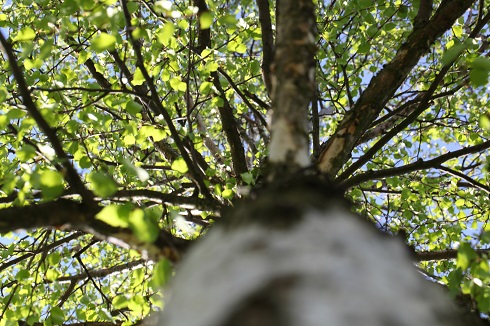
-
Beech, birch, elm, maple, and walnut release large amounts of sap.
-
While not harmful, it can be unsightly.
Best time: Summer to minimize sap flow.
Newly Planted Trees

-
The crown and leaves are crucial for photosynthesis and root development.
-
Only remove damaged or dead branches in the first year.
Best time: Wait for major pruning until the tree is well-established.
Oak Trees
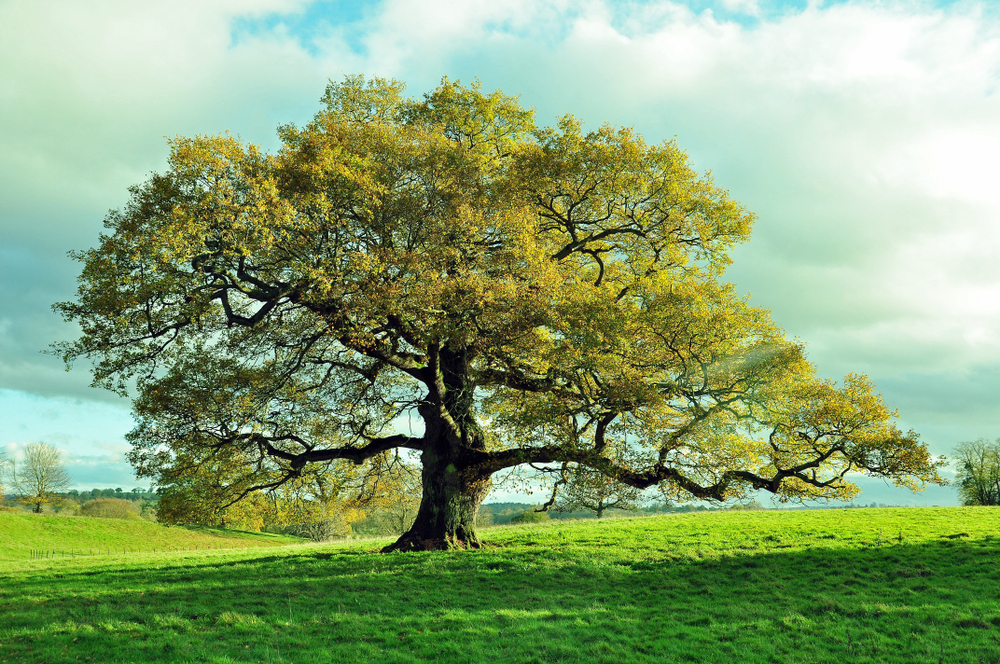
-
Risk of oak wilt disease, spread by beetles.
-
Fresh cuts can attract beetles from March to October.
Best time: If pruning is necessary, seal the wounds.
Trees Prone to Disease
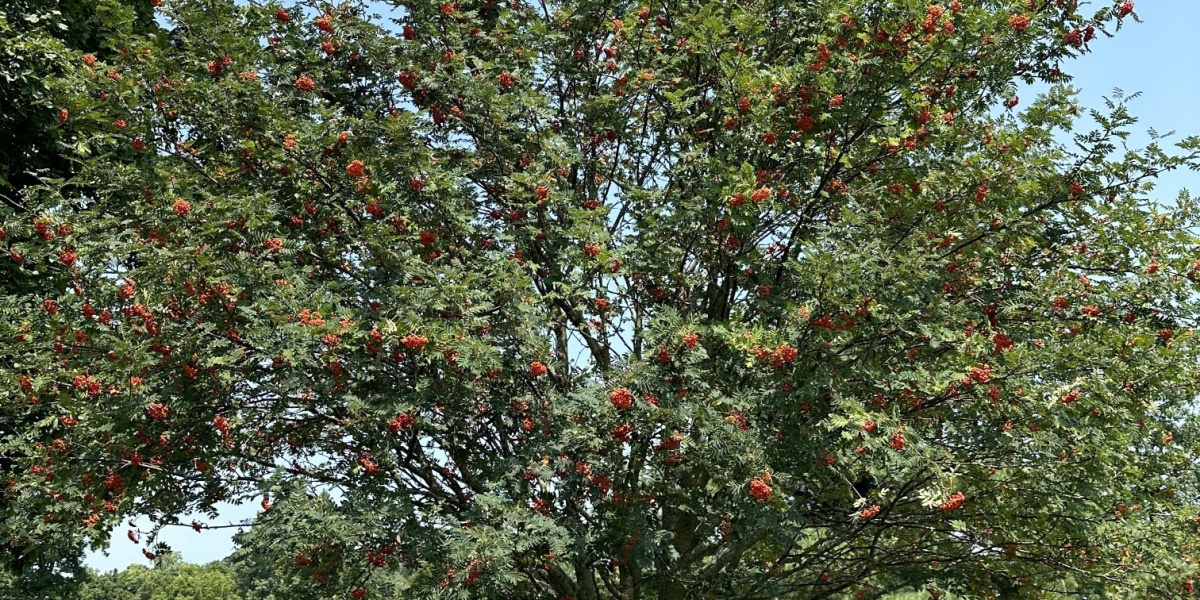
-
Apple, crabapple, hawthorn, and pear trees can develop bacterial infections like fire blight.
-
American elms are vulnerable to bark beetles.
Best time: Prune in the winter months
Spring-Flowering Trees
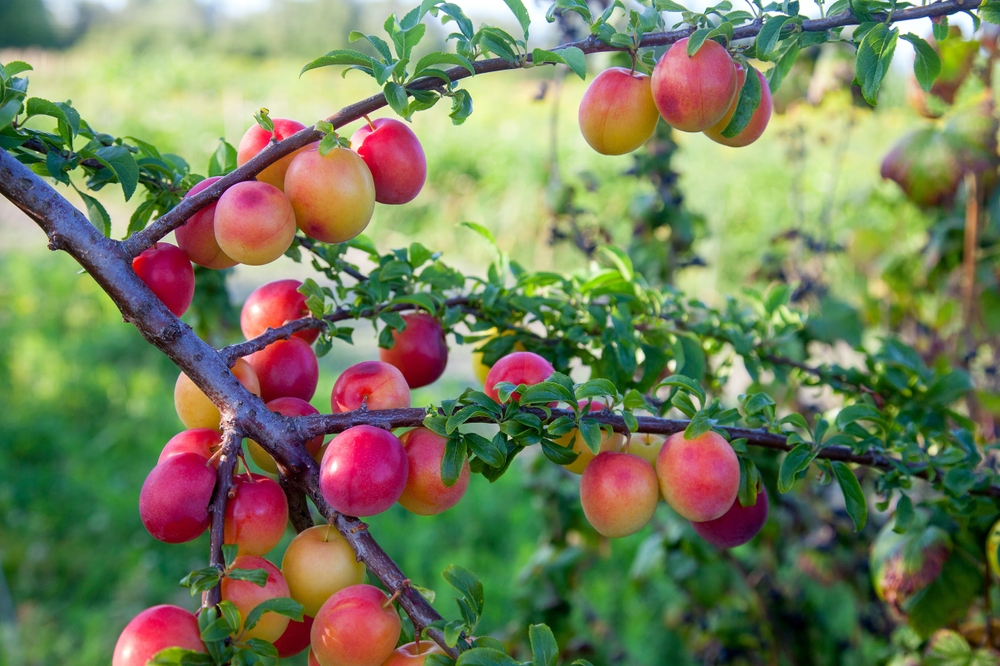
-
Cherry, lilac, plum, and Judas trees shouldn’t be pruned too early.
-
Early pruning removes flower buds.
Best time: After blooming, no later than one month after the flowers fall.
Certain Conifers
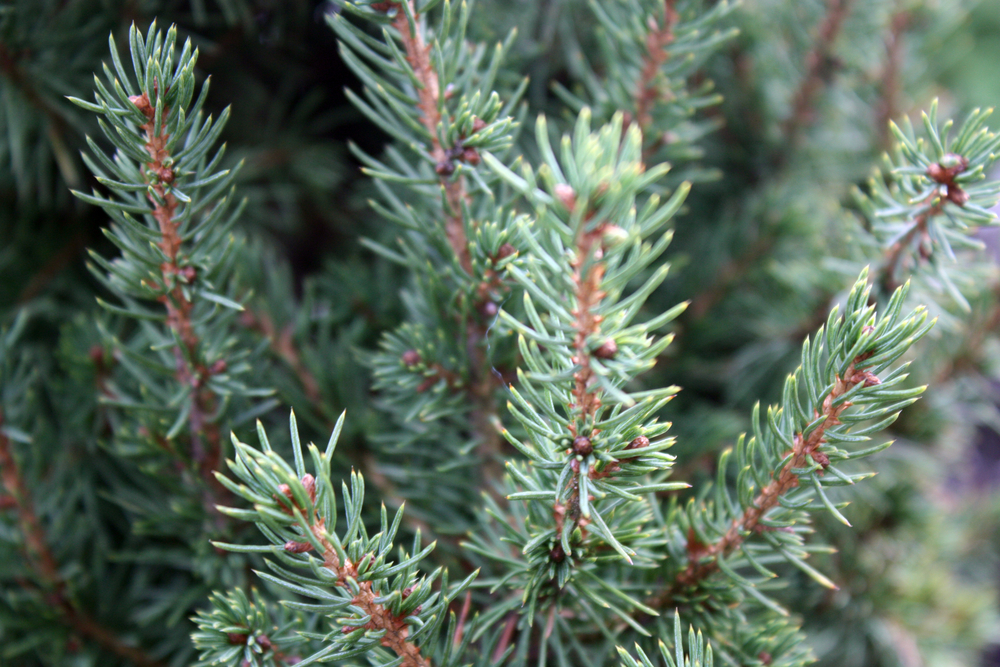
-
Pine trees should be pruned in late spring for denser growth.
-
Spruce and fir trees are best pruned in late winter to avoid excessive resin flow.
Mature Trees

-
Summer is ideal for thinning out older trees.
-
Easier to identify weak or dead branches.
-
The tree is better equipped to heal pruning wounds.
Summary & Best Practices
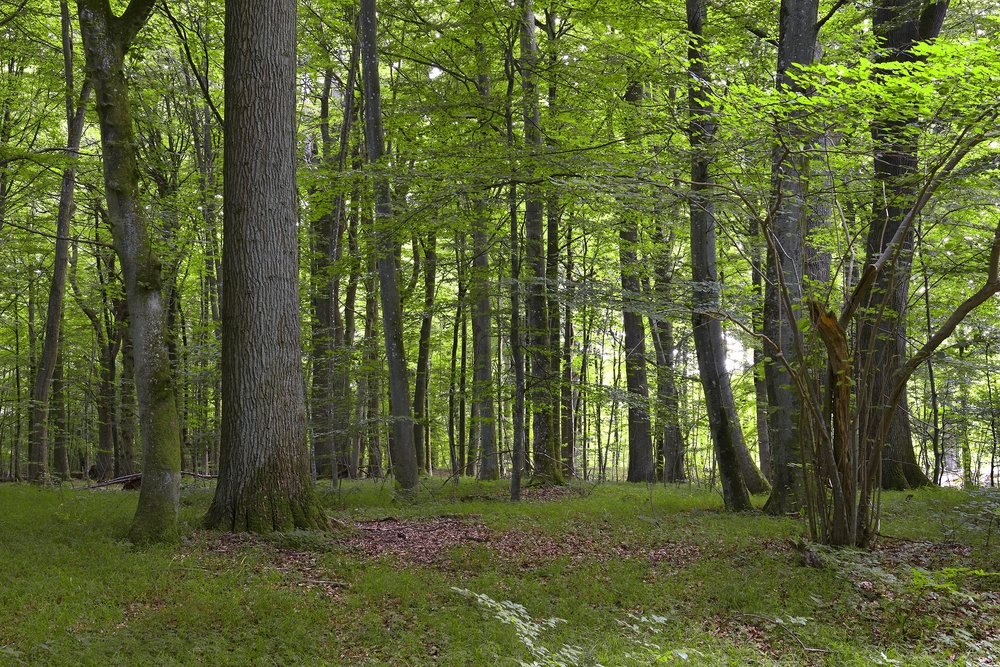
-
Consider timing carefully to protect your trees.
-
Waiting for the right season promotes healthy growth and reduces disease risks.
Reminder: Every tree has unique needs, so plan your pruning accordingly.

